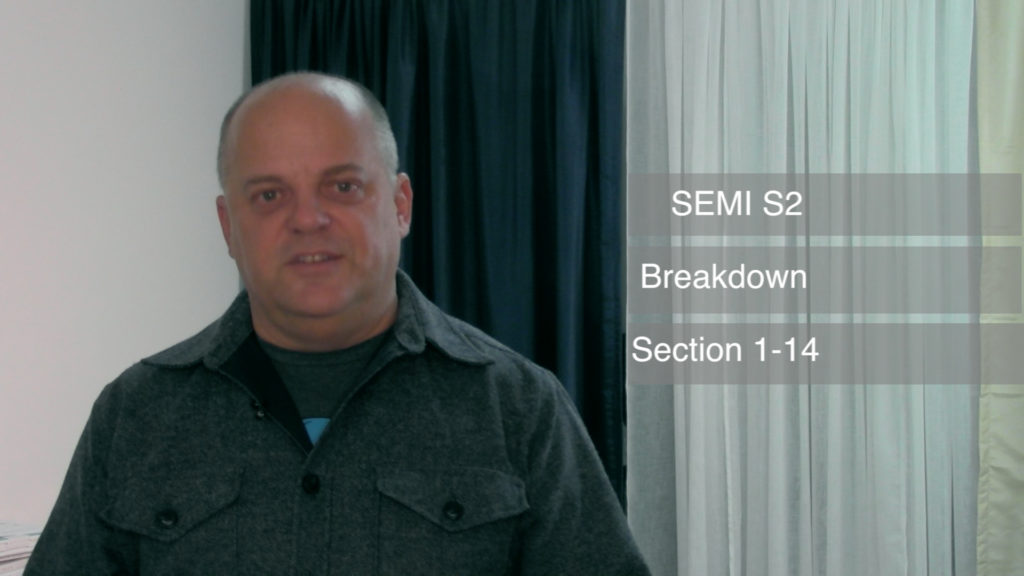Today our CEO and Founder, Steve Barcik Amstel continues to give an overview of the overarching standard SEMI S2 which applies to equipment used to manufacture, measure, assemble and test semiconductor products. This video is part of an in-depth training for Semiconductor Manufacturing Equipment and today, Steve will be giving an overview of the first fourteen sections as he continues to breakdown SEMI S2, so that you can have a better understanding of the requirements to get your product to market.
(Link to video also available here: https://youtu.be/7hA04le7iDA )
Steve talks about the various parts of SEMI S2 as just an overview to give you a sense of how all-encompassing SEMI S2 is. First off, we start with purpose and scope, Sections 1 and 2. There are some limitations (Section 3) and reference (Section 4) and terminology (Section 5) and then we get into the safety philosophy of the standard (Section 6). Now the safety philosophy of this standard is a lot like the philosophy Steve helped create with Texas Instruments back in the 80s. Their goal was to design out, to engineer out all the hazards that they could and generate a culture of zero exposure. And also do that practically and reasonably. They didn’t want to engineer out every single hazard on the planet but they did want to engineer out the hazards of the processes and equipment that they were working with.
That’s really the philosophy of SEMI S2. Let’s engineer it out. If we can’t engineer it out, then let’s control it in a way that it still doesn’t impact the operators and then from there let’s provide interlocking and safety systems and other devices to control that further. From there, if it still can’t be designed out, then we’re going to have to rely on procedures, processes, controls, labeling and documentation. Those are still reserved for things with fairly low risk and that’s the safety philosophy.
There are some general provisions in Section 7, which talk about how you provide the reports. Section 8 talks about the evaluation process and what you would expect. So in Section 8, we talk about how the evaluation should proceed, what reports might be provided and other information. This is where we at High Tech Design Safety will help you get through the process and make it practical and easy as possible. This is a very complex standard and you’re building very, very complex equipment typically and we want to make this practical and easy for you to get through.
Section 9 talks about documentation provided to the user. These are the manuals, the installation manuals and documents, your operator manual, your service and maintenance manual. If you provide those or if you require factory people to do the service, they’re still going to need the documentation in order to service the equipment.
From there we go into Section 10, which is about hazard alert labels. So in SEMI S1, the related standard to SEMI S2, it talks about the format of these hazard labels. We have a couple of other videos about hazard labels and warning labels available to go deeper into this section. And when we get to section 10 in this video series, we’ll do a detailed dive on that section.
Section 11 is about safety interlocking systems. The key point you want to get about safety interlocking systems is that you have to use safety related components and safety rated relays. For very low hazard type things, you might be able to use normal off-the-shelf electromechanical parts with high levels of reliability, but when you get into something that is a hazardous process you’ll need to be sure that you use these safety rated components. We’ll talk more about when we get to that section.
The next Section is 13, which covers electrical design. Electrical design across your semiconductor manufacturing equipment is very crucial. You need to meet all the local and global codes for your equipment. However there are also some specific things in SEMI S2 you’ve got to meet. The goal here is to design all of those requirements in from the beginning.
Then the last one for today is Section 14, fire protection. So number one for fire protection, we want to design out the fire hazards. Number two, we want to provide, if required by a risk assessment, detection of any fire hazard. And of course if you provide that detection and it detects an over-temp condition and detects smoke or something else, UV, IR that’s part of a fire you want to do a tool shut down. Then the third part of that is any fire suppression equipment that you want to include with your equipment. That fire suppression equipment will have to meet all the codes and standards and it’ll also have to be compatible with whatever you’re trying to put out. So for example let’s say we’re using pyrophorics, we don’t want to spray water on them or that we’re using some kind of other chemical. We have to be careful with what fire suppression materials and processes we’re using there. Some of the other important things about fire suppression and detection equipment are that they need to have high availability and uptime. So let’s say you turn the system off for a short period of time… you want that fire suppression and detection system to remain energized, active and available should there be a fire while that machine is temporarily off.
So there you have an overview of the first 14 sections of SEMI S2. Next we will cover the final 14 sections of SEMI S2. Please be sure to visit our YouTube channel and the accompanying videos in this series. https://youtu.be/7hA04le7iDA
If you have any comments or would like to get in touch with us please do.


